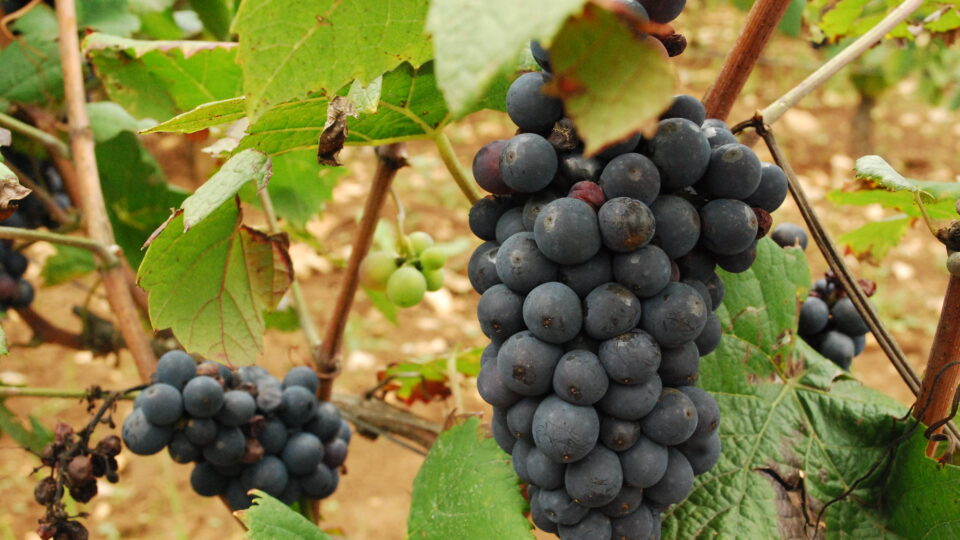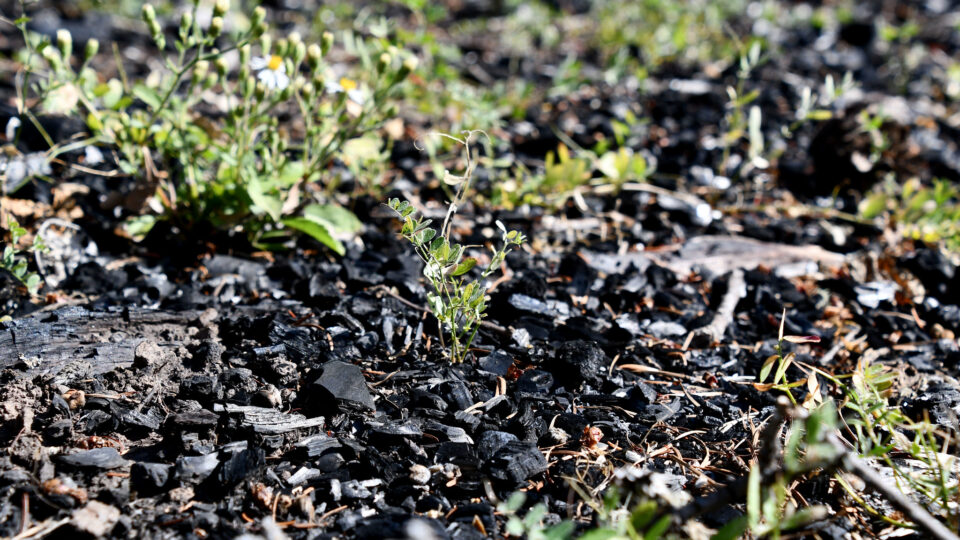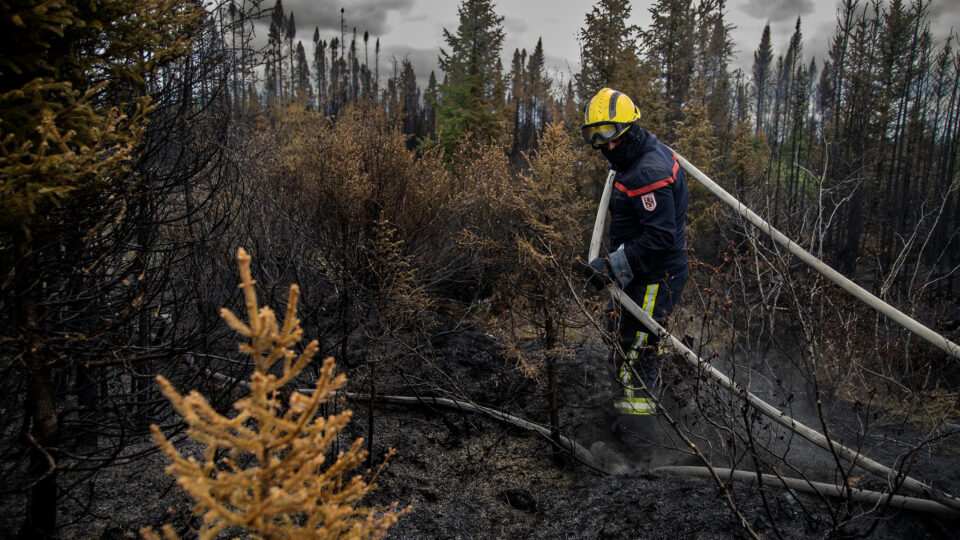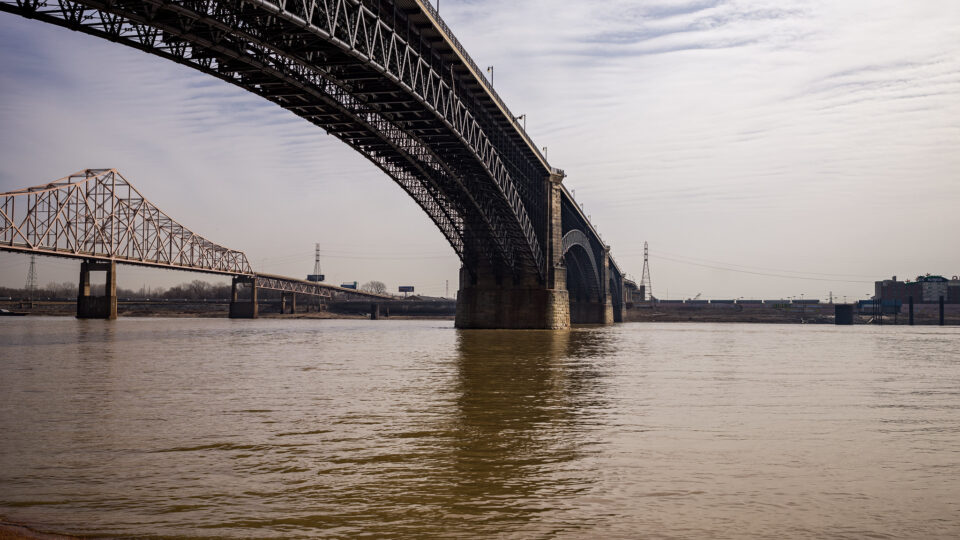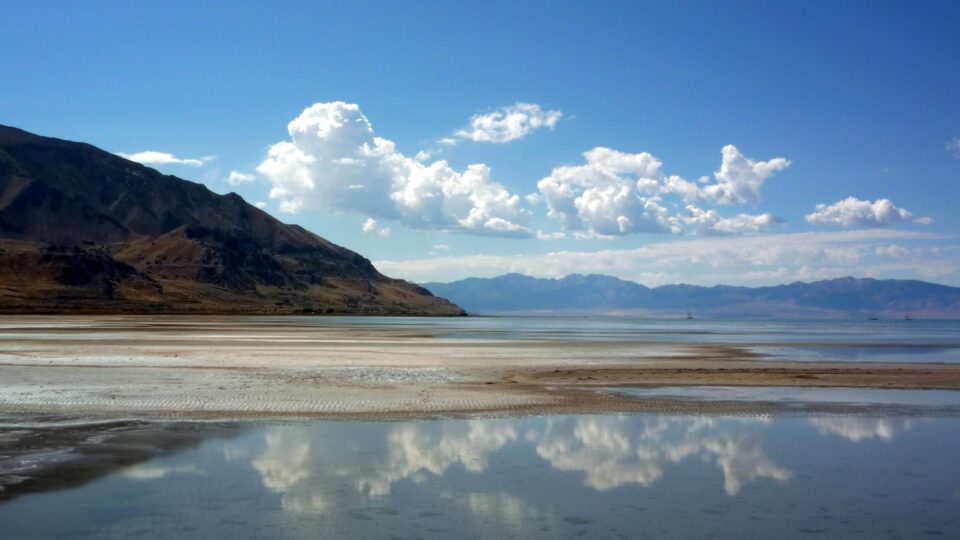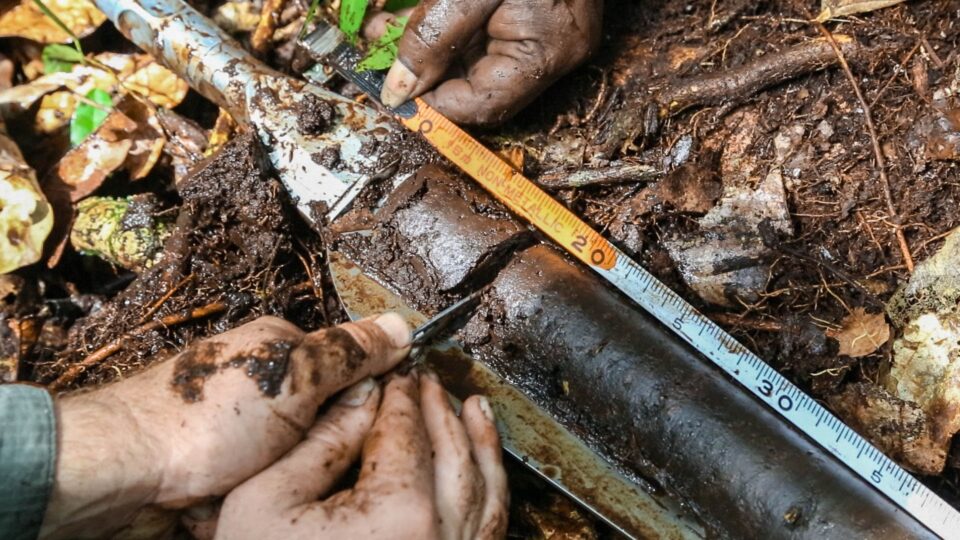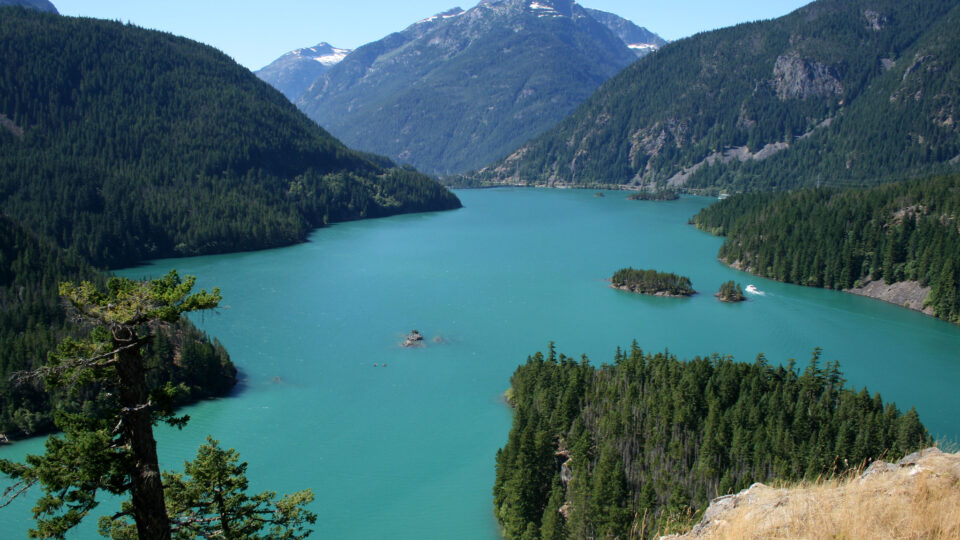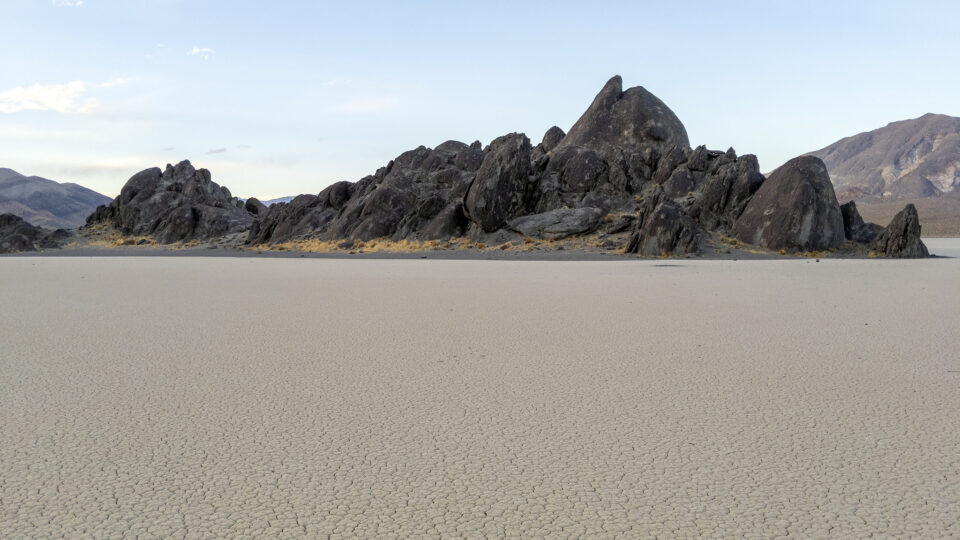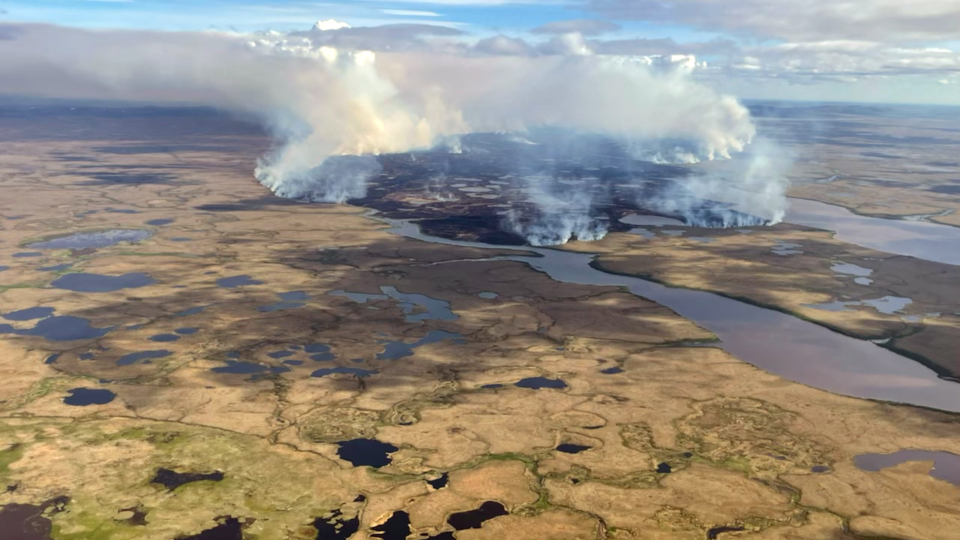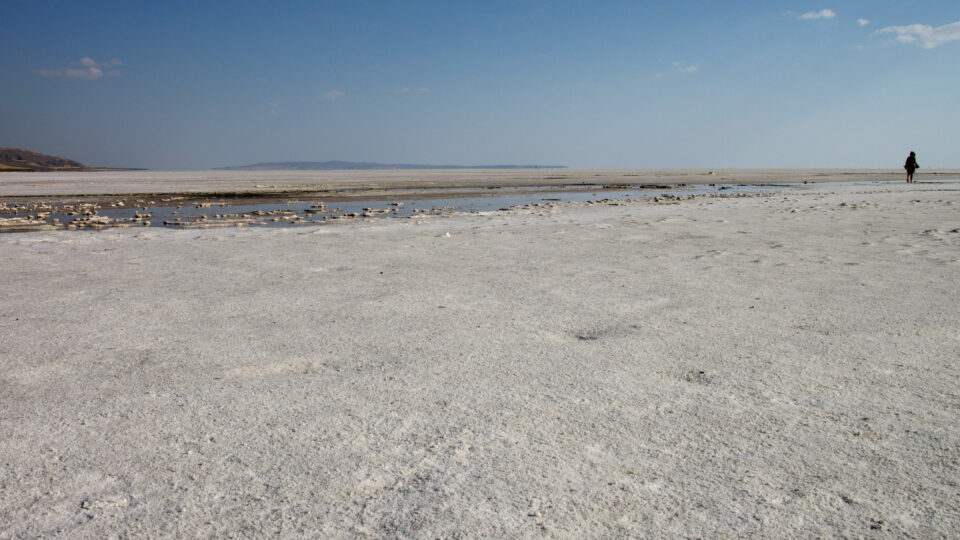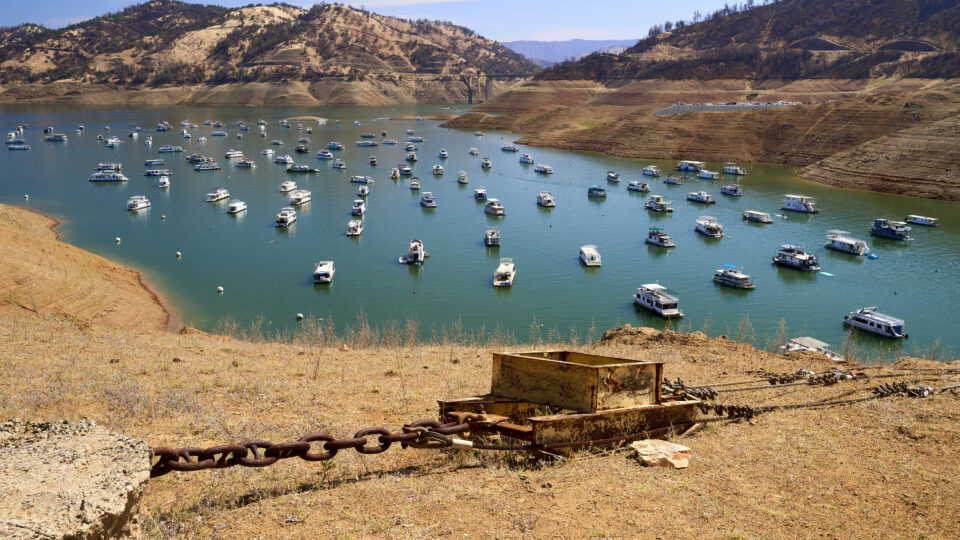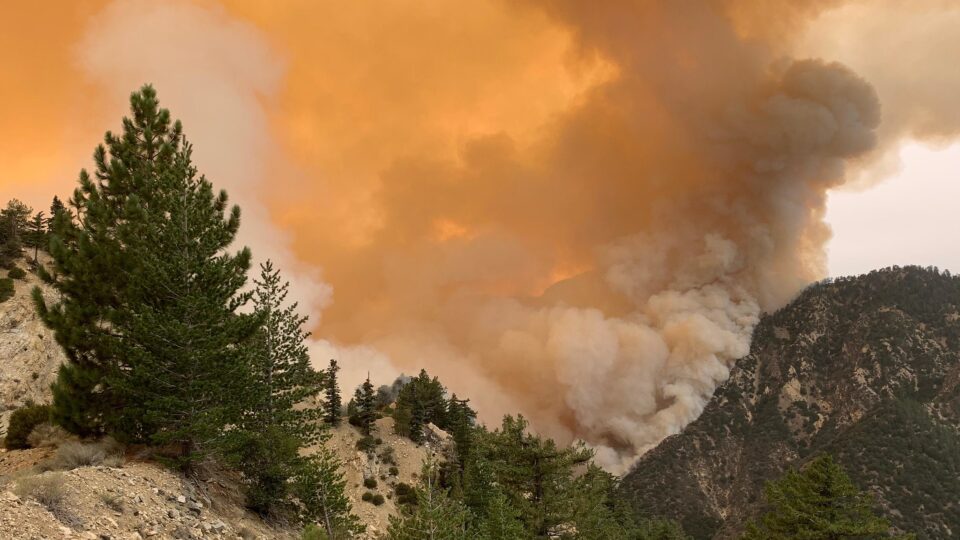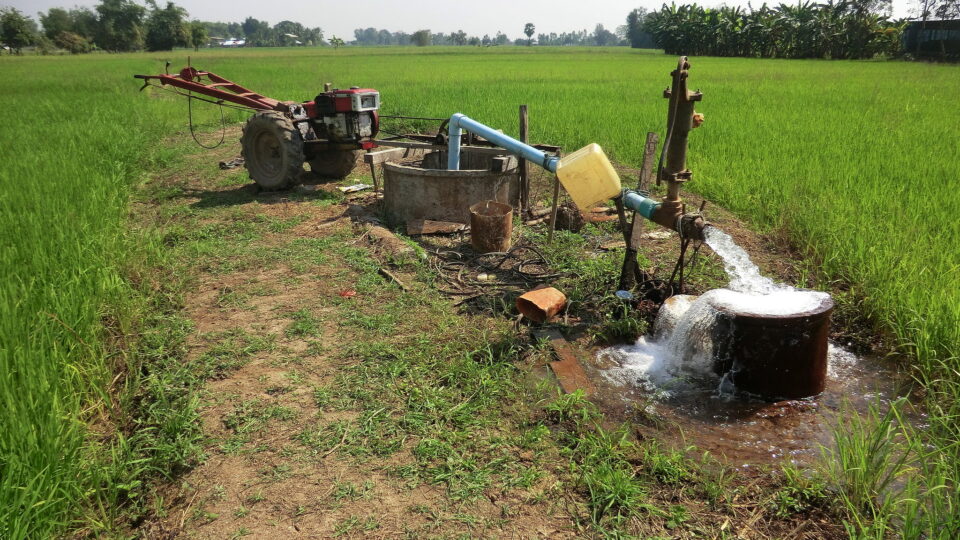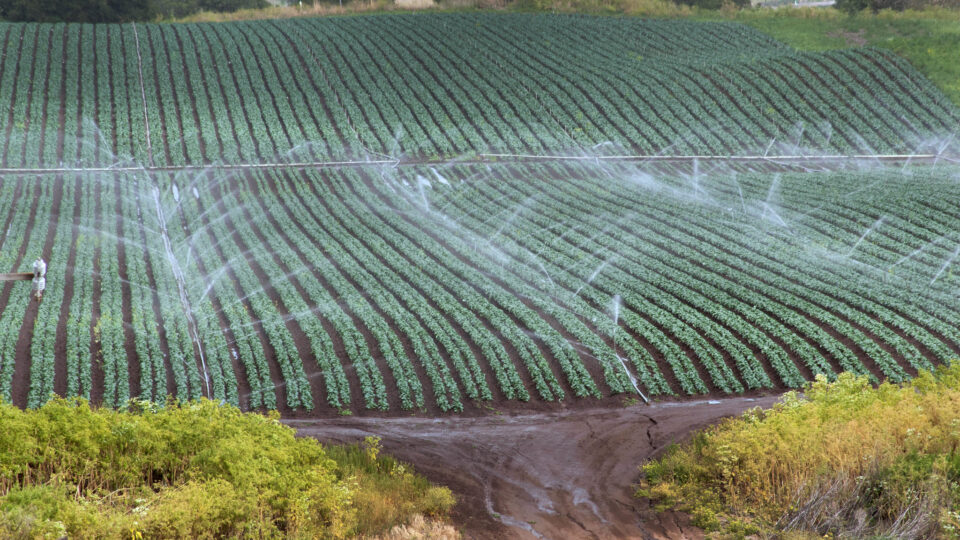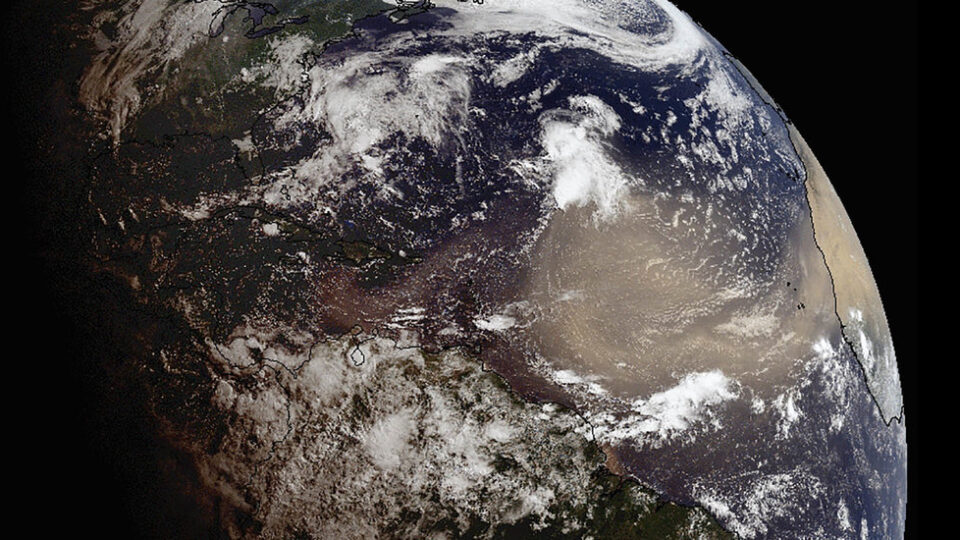Grapes grown to make wine are sensitive to climate conditions including temperatures and amount of rainfall. The warming climate is already having visible effects on yields, grape composition, and the quality of wine. This has significant consequences on the geography of wine production and is of major concern for the $350 billion global industry.
Winegrowing regions are mostly at the mid-latitudes where temperatures are warm enough to allow grapes to ripen but not excessively hot. The climates are relatively dry so that fungal diseases are not rampant.
Because of the warming climate, harvesting in most vineyards now begins two or three weeks earlier than it did 40 years ago and this affects the grapes and the resultant wines. Temperature changes affect acidity, wine alcohol, and aromatic signatures.
If global temperature rise crosses the 2-degree level, 90% of all traditional winegrowing areas throughout Spain, Italy, Greece, and southern California may become unable to produce high-quality wines. Conversely, areas of northern France, the states of Washington and Oregon, British Columbia, and Tasmania will see improved conditions for producing quality wines.
As the climate warms, winegrowers face new challenges such as the emergence of new diseases and pests as well as an increasing number of extreme weather events. Wine producers are using more drought-resistant grape varieties and are adopting management methods that better preserve soil water.
The changing climate poses many threats to the quality of wines produced in traditional vineyards. In the future, the wine industry may look very different in terms of where and how the best wines are produced.
**********
Web Links
A global map of how climate change is changing winegrowing regions
Photo, posted November 14, 2008, courtesy of Curtis Foreman via Flickr.
Earth Wise is a production of WAMC Northeast Public Radio
